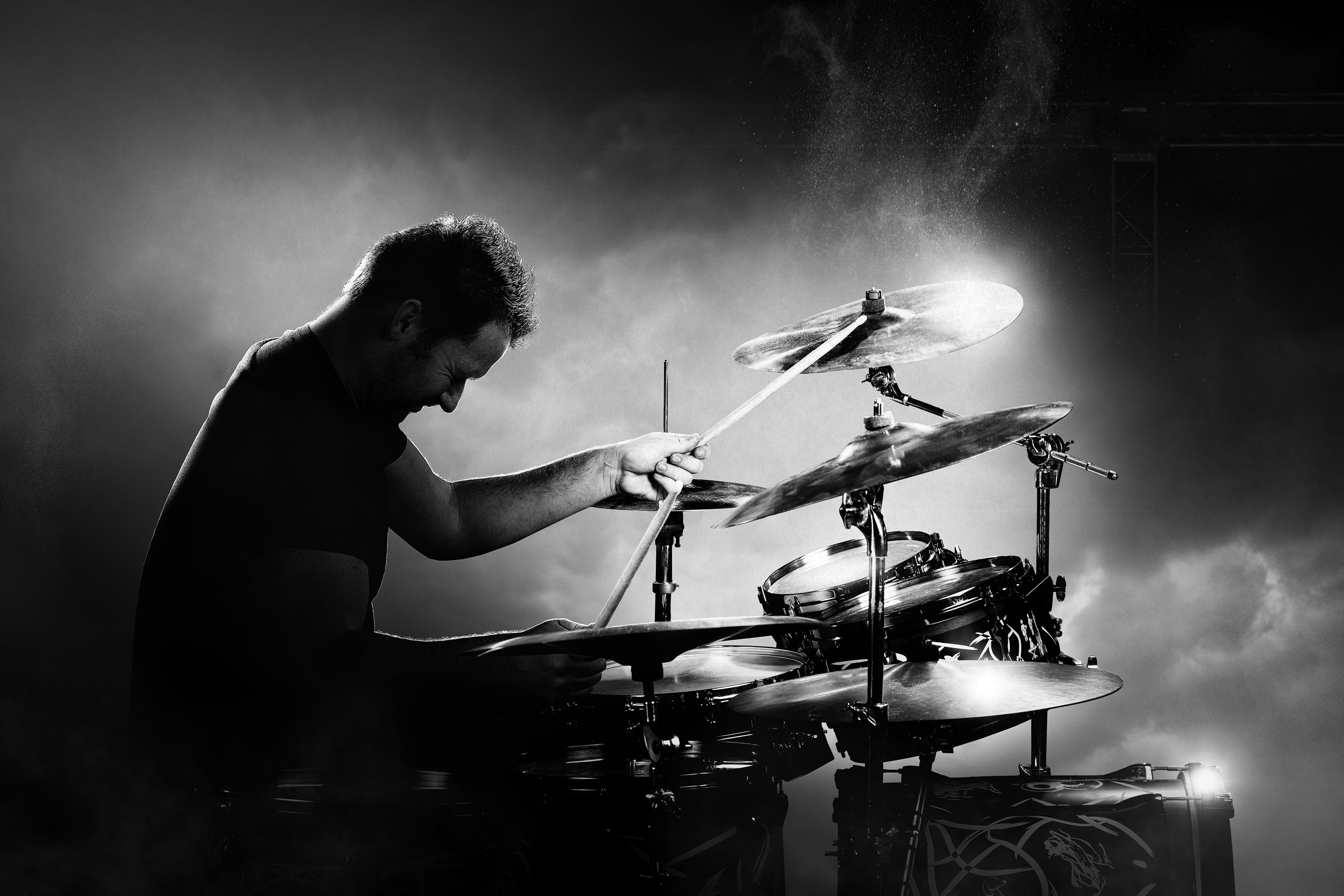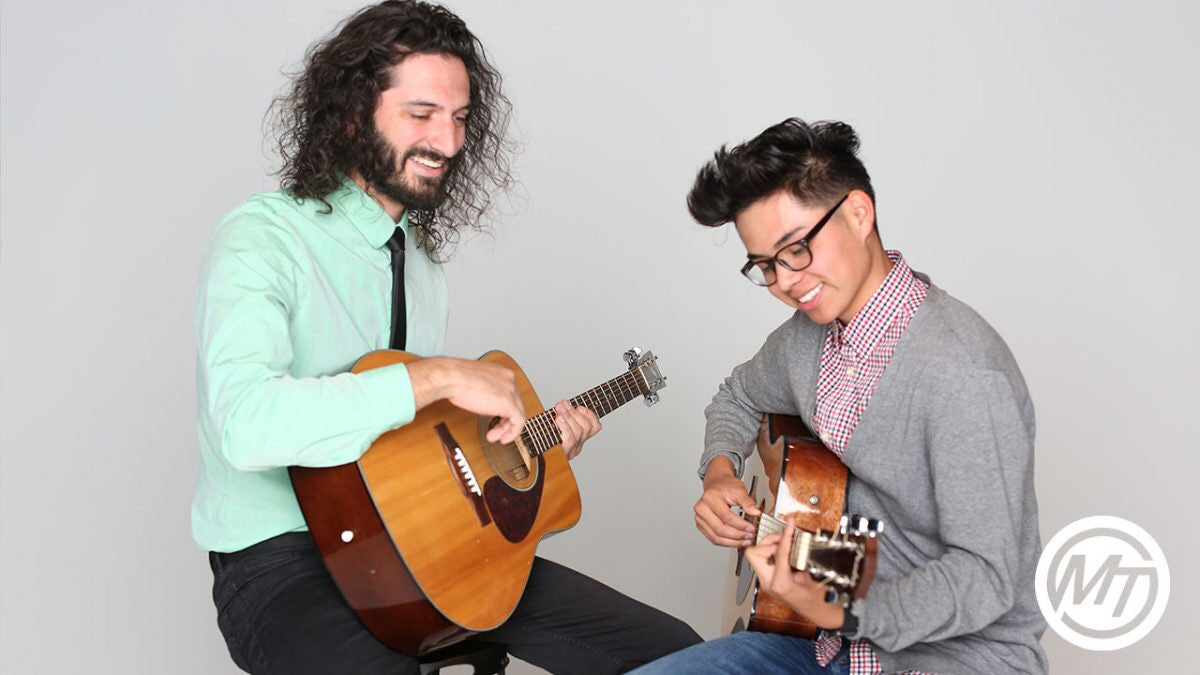This blog is a response to the original “Sing, Mouthpiece, Play” blog. There are essentially three steps that can be implemented by all musicians who are trying to obtain a good ear and this discusses it. The difference with this blog and the original is that it goes into depth of the steps.
In order to excel as you learn how to play the clarinet, saxophone, trumpet or another instrument that requires the use of a mouthpiece, developing a good ear is a must! Contrary to popular belief, a good ear is not an innate gift to those lucky professional musicians, but a skill that is developed over time. A good ear is a trained ear, an experienced ear, and an ear that understands how notes should sound. Through the repetitive practice of the following steps—sing, mouthpiece, play—you too will be on your way to a good ear!
SING
YES, even if you are simply learning how to play the saxophone, a little singing will help. If you are tone-deaf, do not worry, try the following steps nonetheless to better understand what the notes should sound like in your mind.
When you sing:
- Your posture should be just as it would be while marching
- Keep your arms relaxed and to your sides
- Sing excerpts with a “DAH” or “TAH” syllable (light on the “D” and “T”)
- Keep your face relaxed while singing
- You must try to be as accurate on pitches as possible
- Breathe as if you are playing the instrument
While it may be ridiculous to expect yourself to replicate the pitch of a horn instrument or a woodwind instrument, this step is a preparatory step that will simply help gear your mind to what the music should sound like when you actually produce it.
Keeping your arms relaxed and your posture straight is a singing tip that will help you hit the notes properly. It also is a good time to imitate the sturdy form you need while marching. Once you start singing, there is no need to stress what is being said; a simple “DAH” or “TAH”does the trick. In addition to this, the volume at which you sing “DAH” and “TAH” does not matter as long as it is audible enough for you to hear the change between each note—it does not need to be at full voice. By relaxing your face, you will be more likely able to stabilize the notes so that the pitch is consistent and the notes that come from your mouth do not wave. Even in your breathing, the more you can mimic the sounds and actions of the selected piece, the better you will be at recognizing what is on or off key when you play.

MOUTHPIECE
Learning how to play the clarinet, trombone or trumpet all require playing with a mouthpiece and the transition from voice to instrument can be funky. Through following similar steps as the “SING” steps, you will be able to adjust to your instrument and continue to train the ear.
When you use the mouthpiece:
- Hold the mouthpiece with your right hand and with only the thumb and first two fingers
- Your left arm should be relaxed and to the side
- Use as much air as you would need to get the entire horn to speak
- Keep your face and jaw relaxed
- Try to match articulations and pitch as closely as possible
As an instrumentalist, you are accustomed to wrapping your hands around the instrument and holding the mouthpiece to your lips, but here you will do it with your hands. The other hand might want to lazily hang in your pockets or on your stomach to feel the tension build and release as you blow air into the mouthpiece, but avoid doing so. You will not be doing that as you play and you want to simulate the same airflow pattern as you would when you actually perform the piece. This process is in order to train your ears, not other parts of your body, so you want to stay relaxed and focus on producing sound and listening closely.

PLAY
From here, there is not much more too it. You are already learning how to play the saxophone or tuba, now you just have to focus on listening.
When you play:
- Try to play with an equal sound and articulation to the players on either side of you
- Keep your face and jaw relaxed – don’t let the horn become a “tension machine”
- Open your ears to your sound, your section’s sound, and the entire sound of the ensemble
- Remember that the tongue is not part of your sound—it is just a rhythmic element—use a light articulation and get to the “ah” part of the “dah” quickly
These last four tips focus on the playing aspect, but also focus a lot on the listening! There is no need to say anything more than putting your concentration on your play and the sound you pick up in your ear.
Whether you are with a group or alone, the effort you put forward to implementing these steps will reward you significantly. A good ear is attainable even if you don’t think you were born with one. So, even if you are just learning how to play the clarinet or learning how to play the saxophone, stick to it! It will come.




